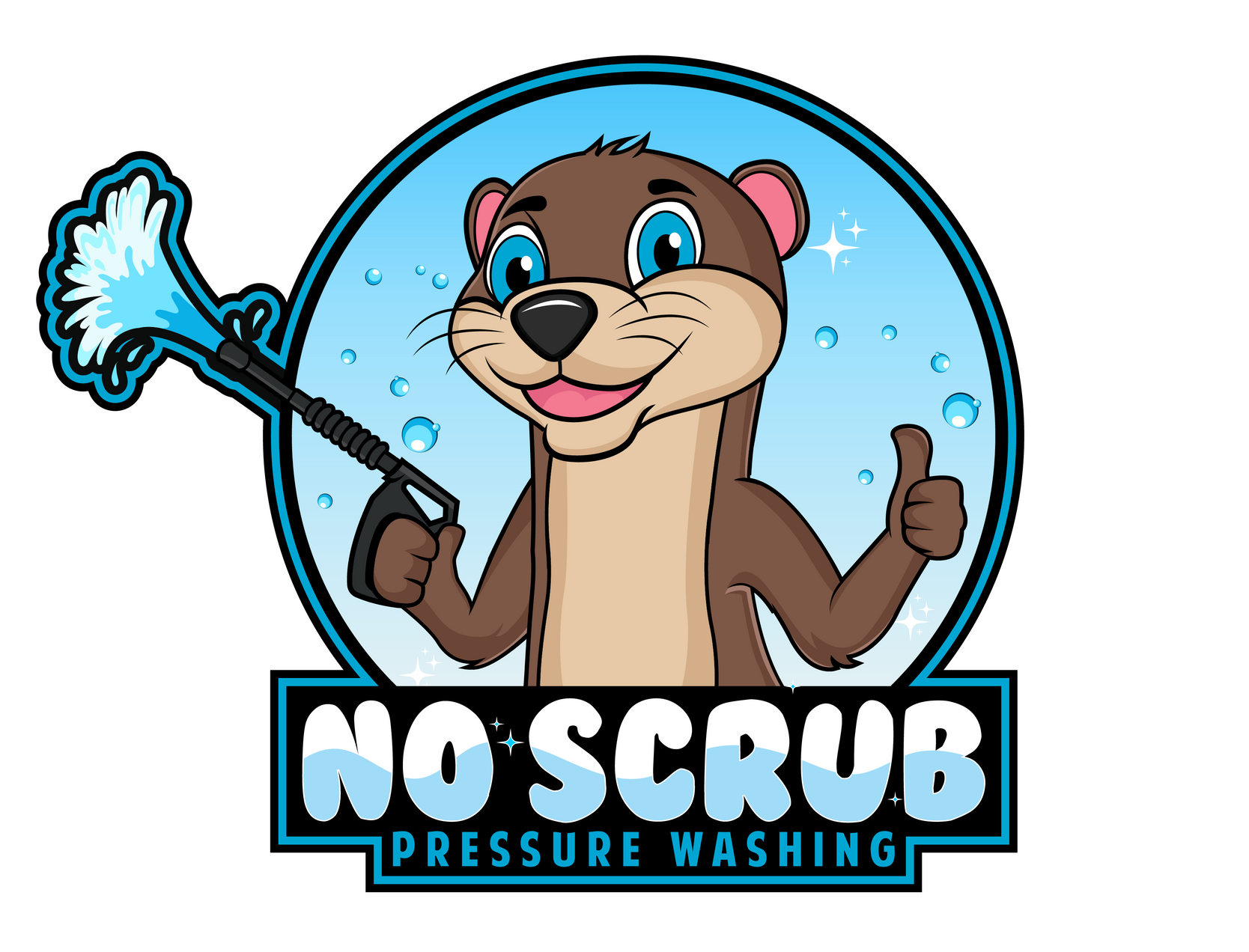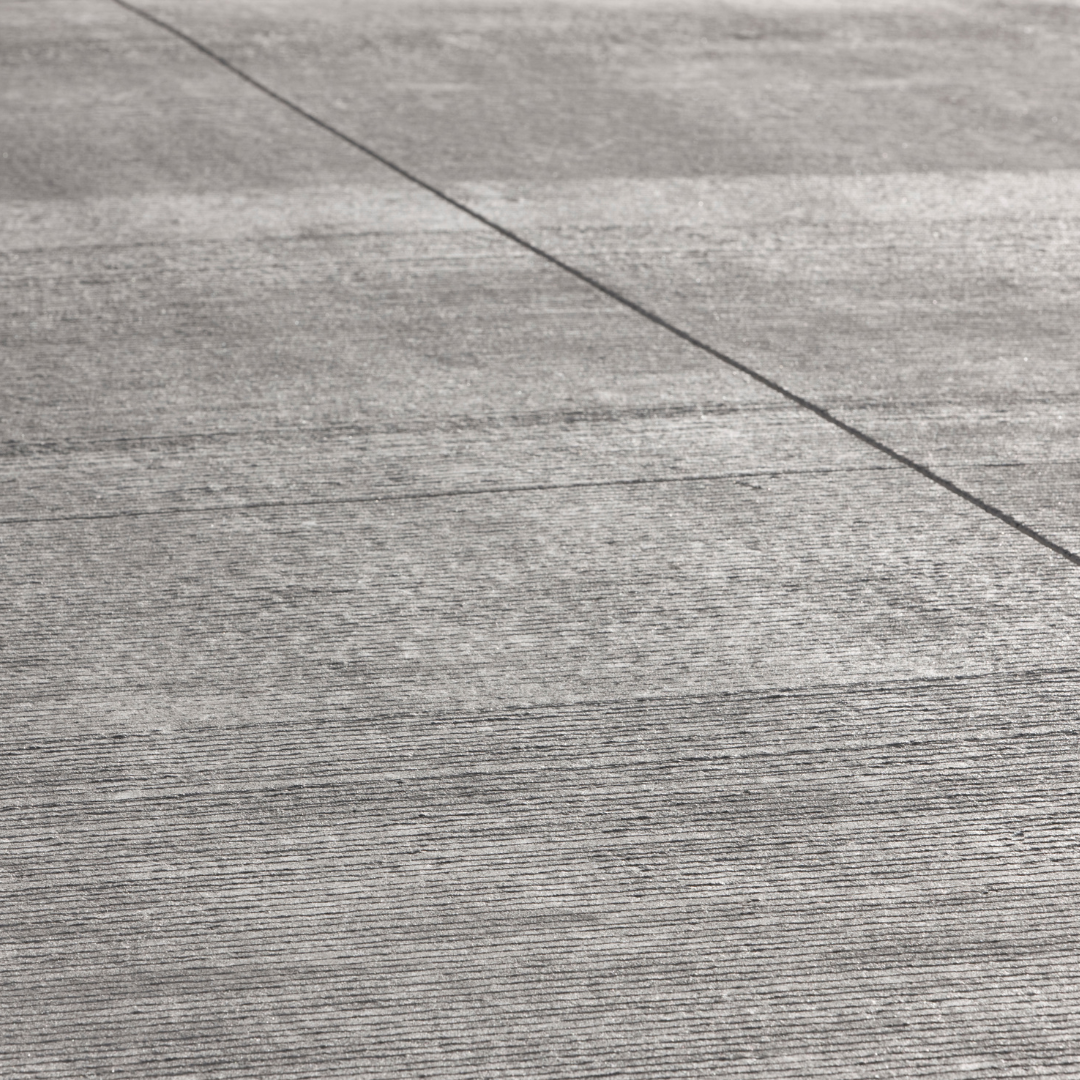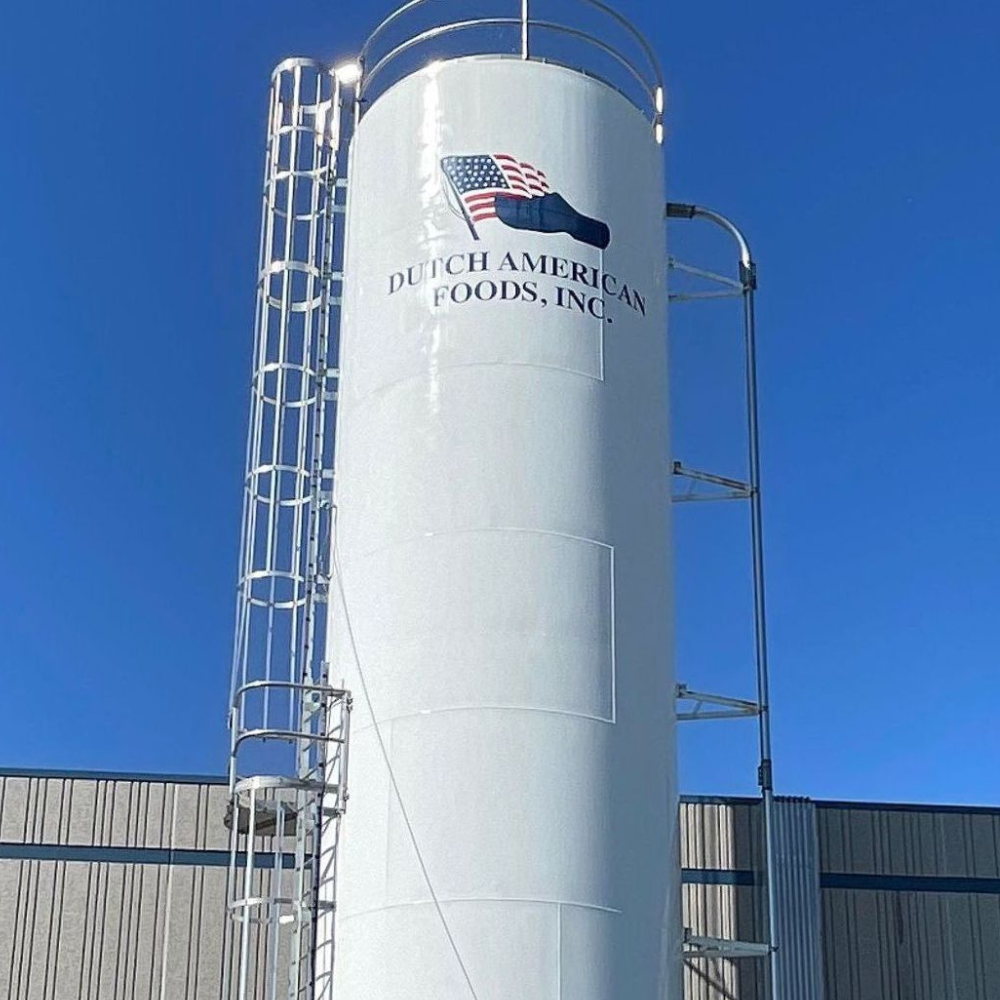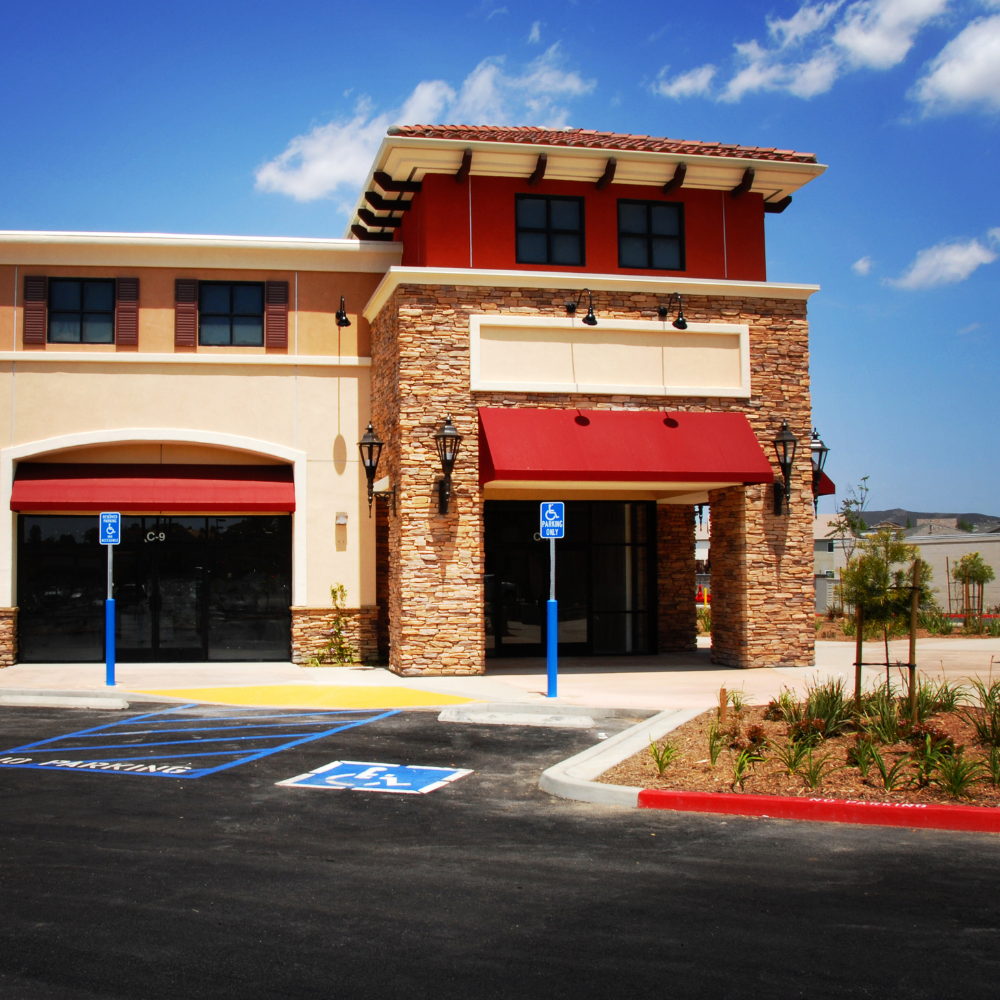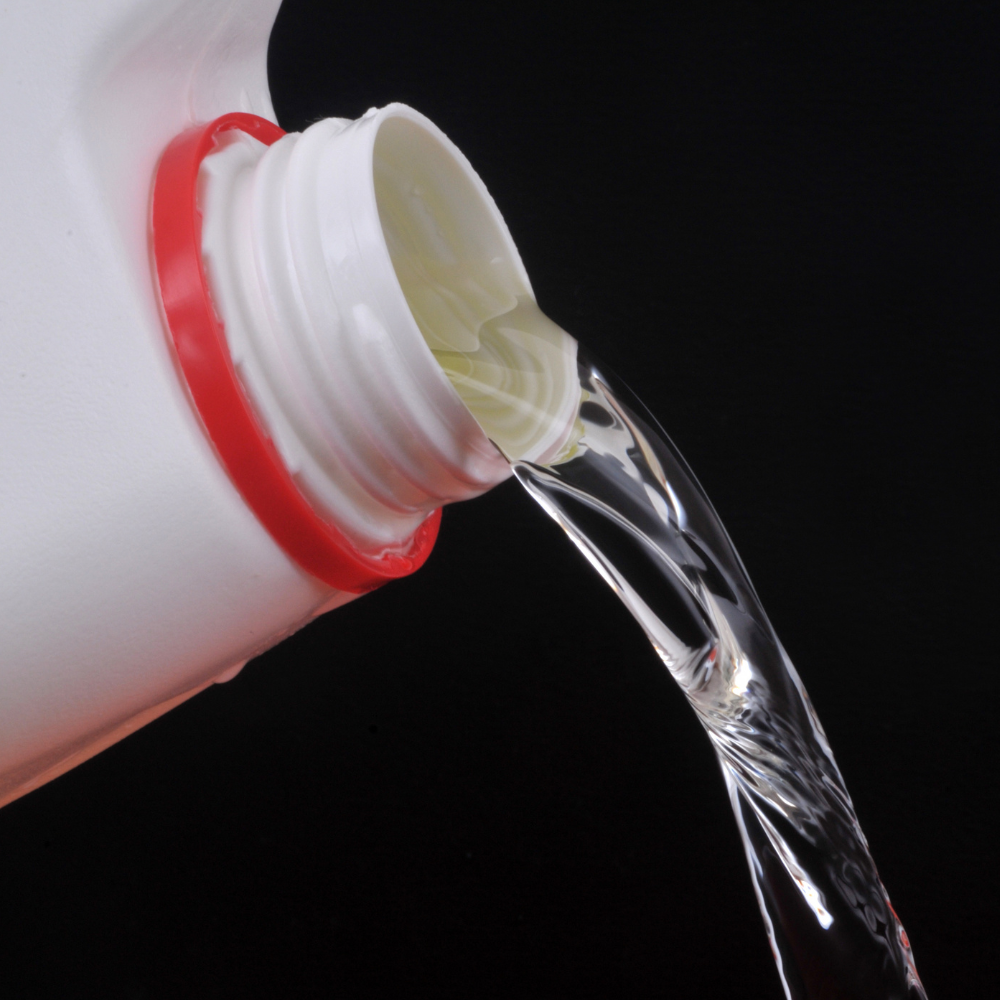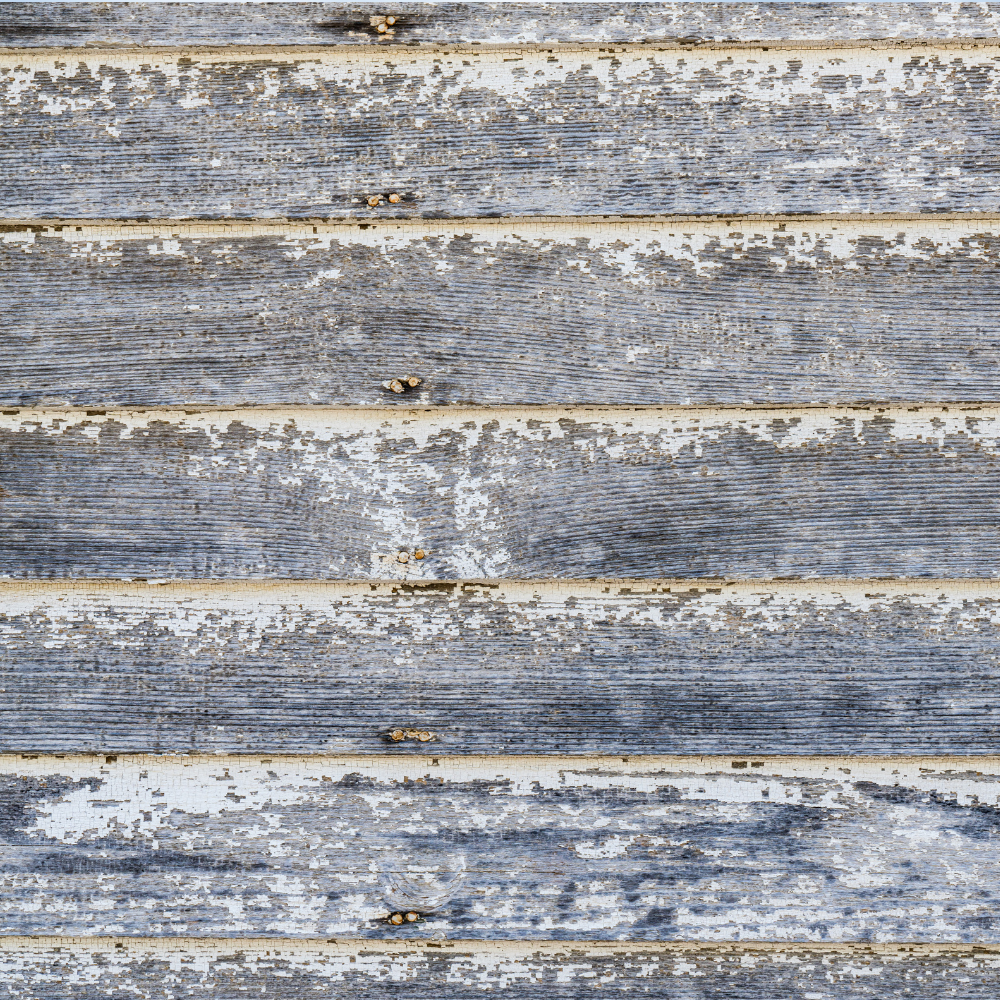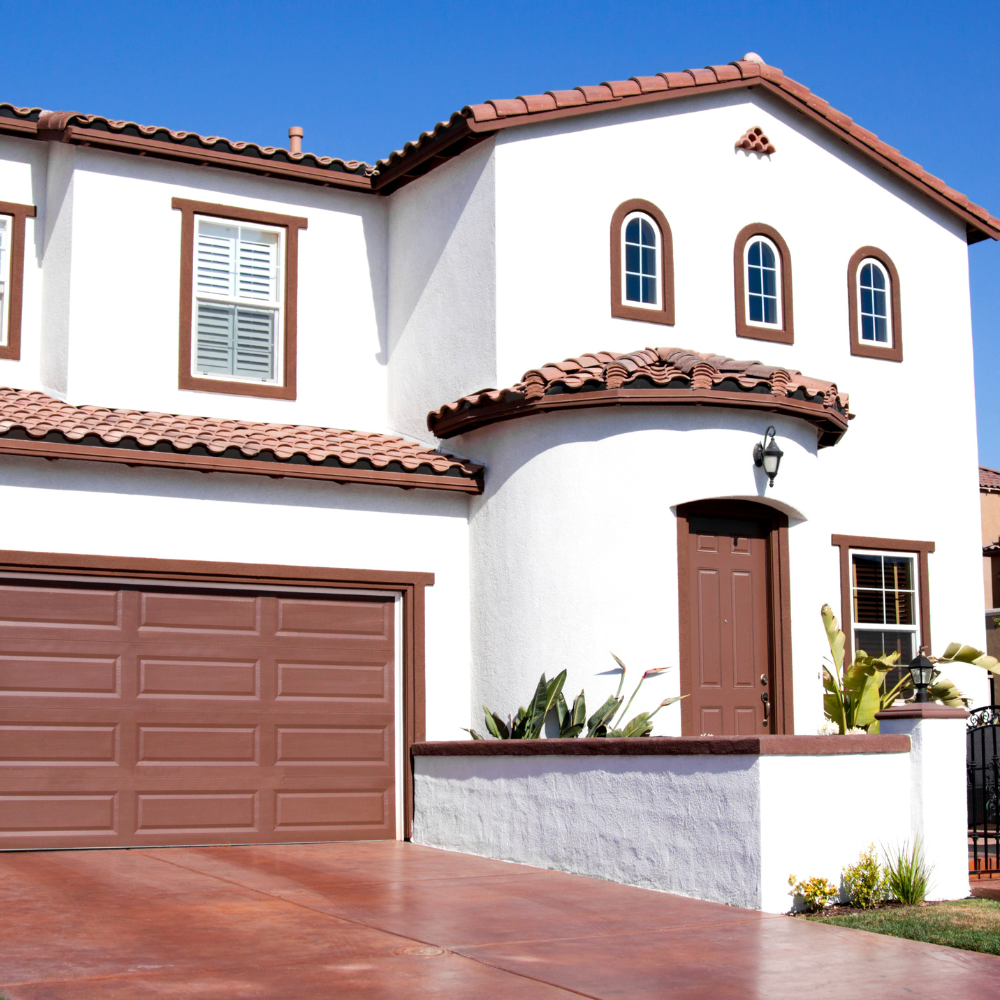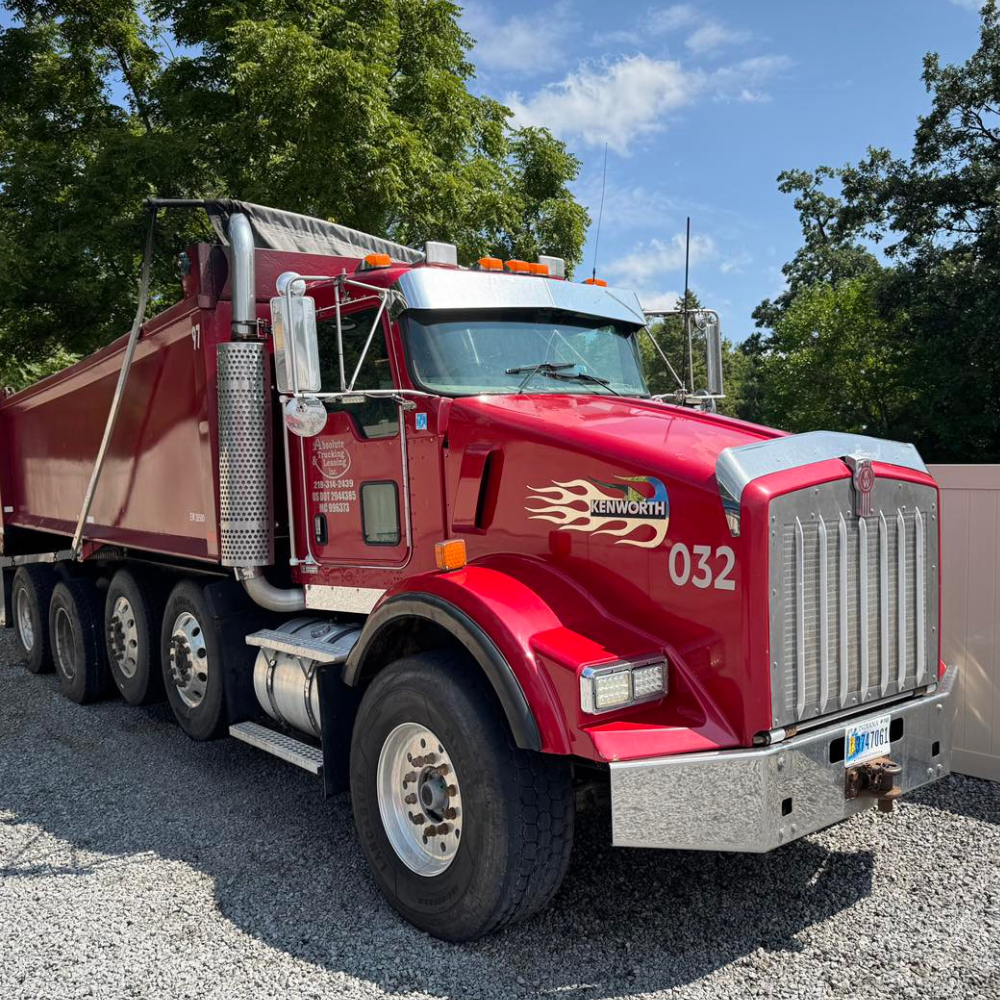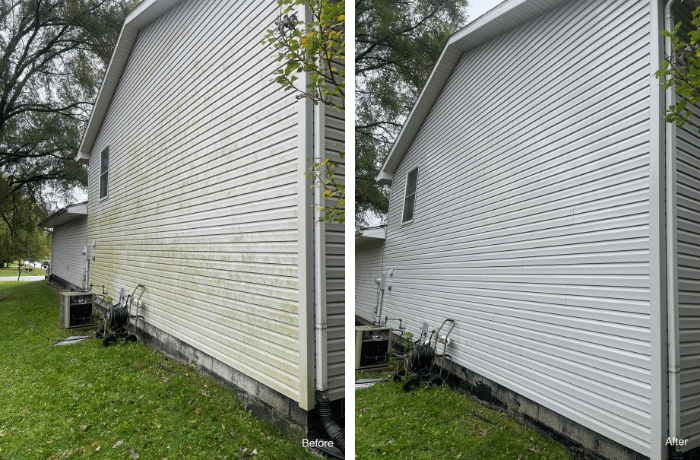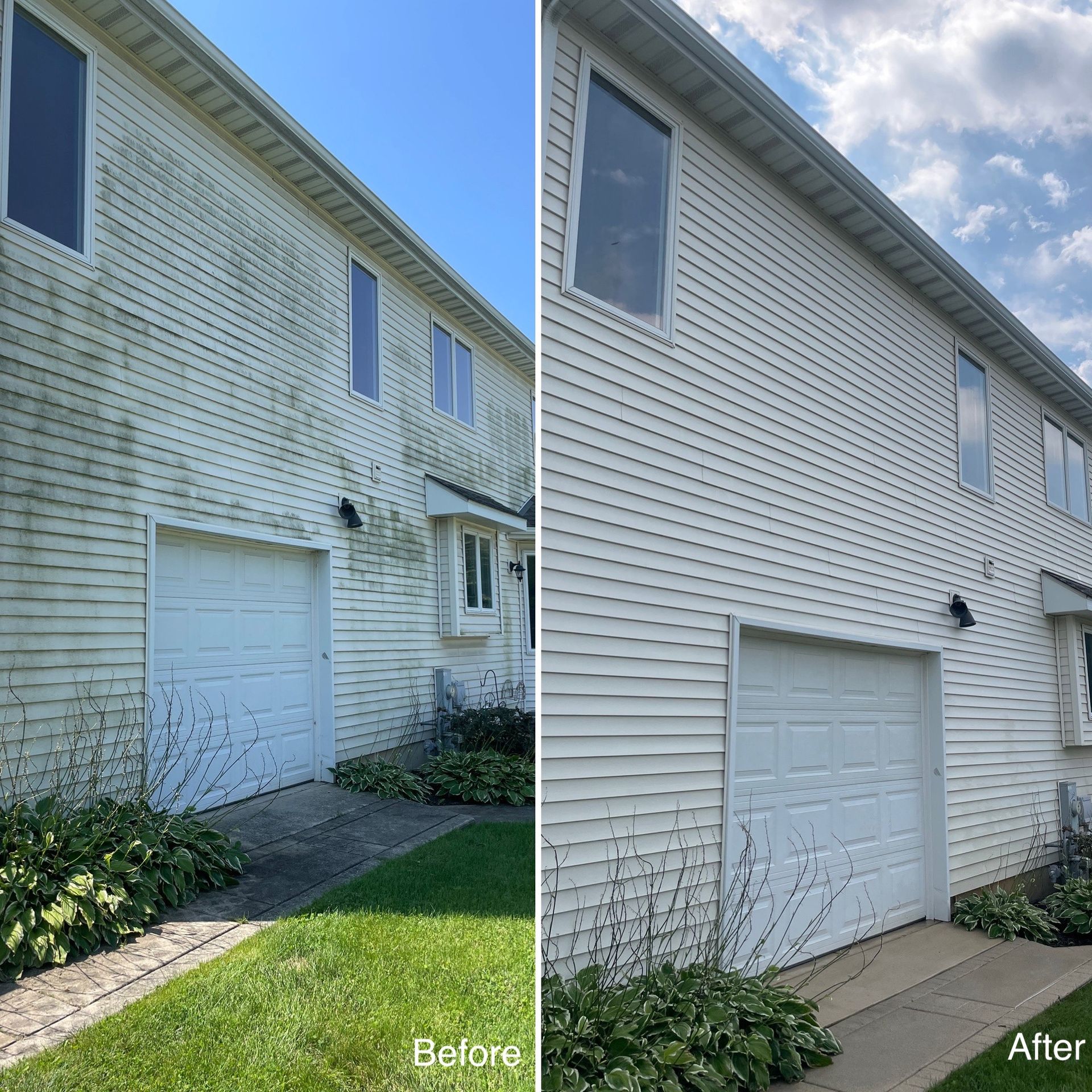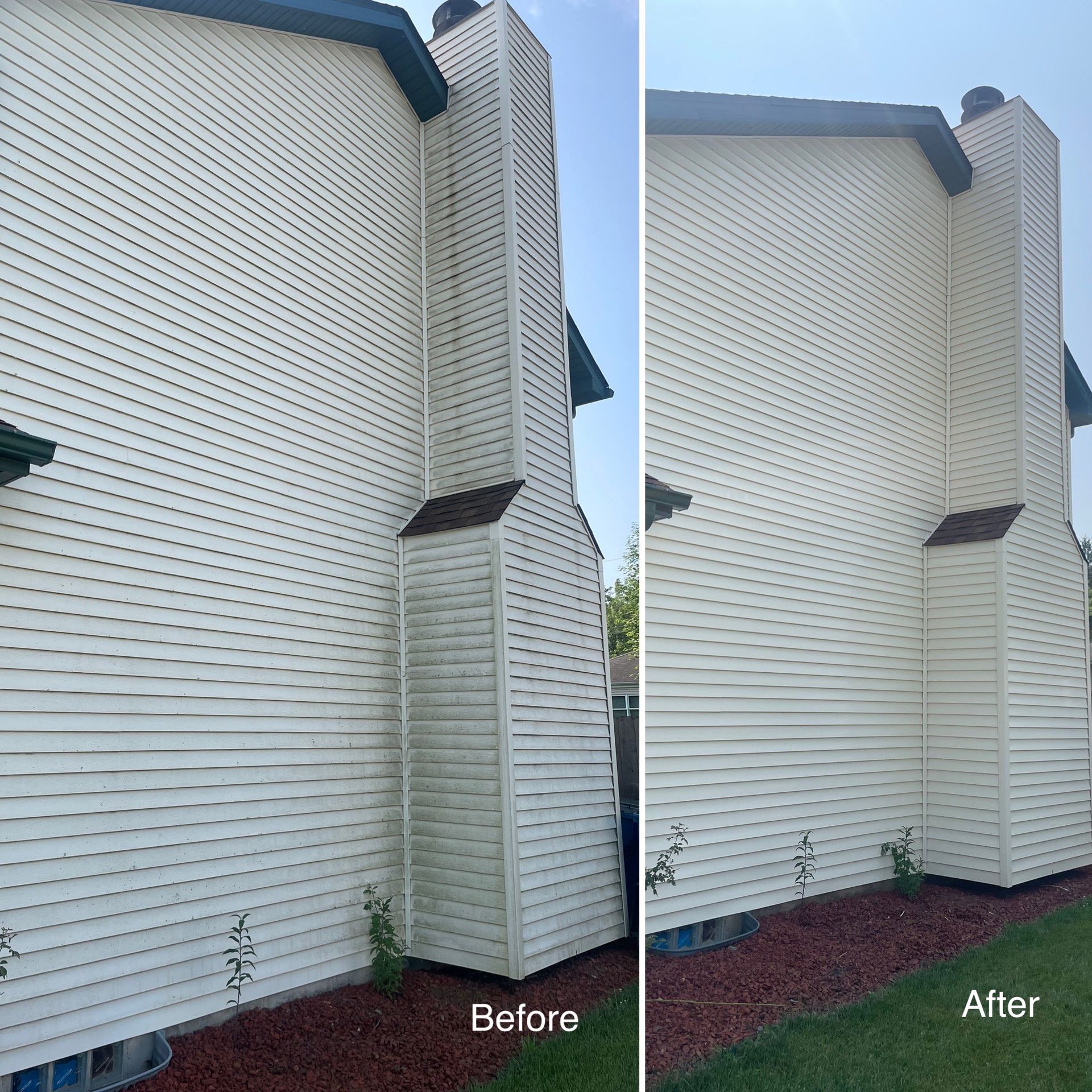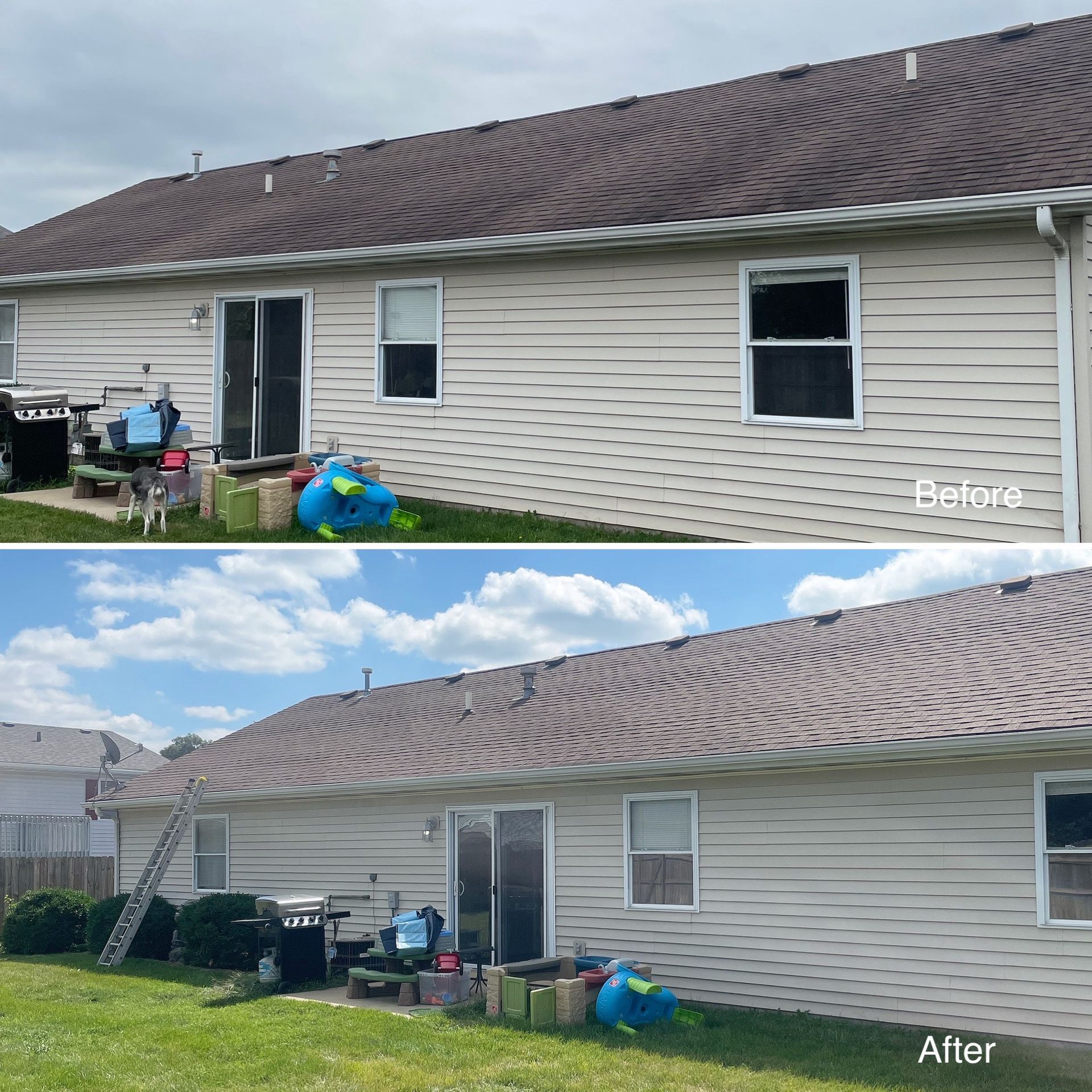The Benefits of Pressure Washing Before Painting Your Home
Give Your Paint Job a Strong Start: Key Reasons to Pressure Wash Before Painting
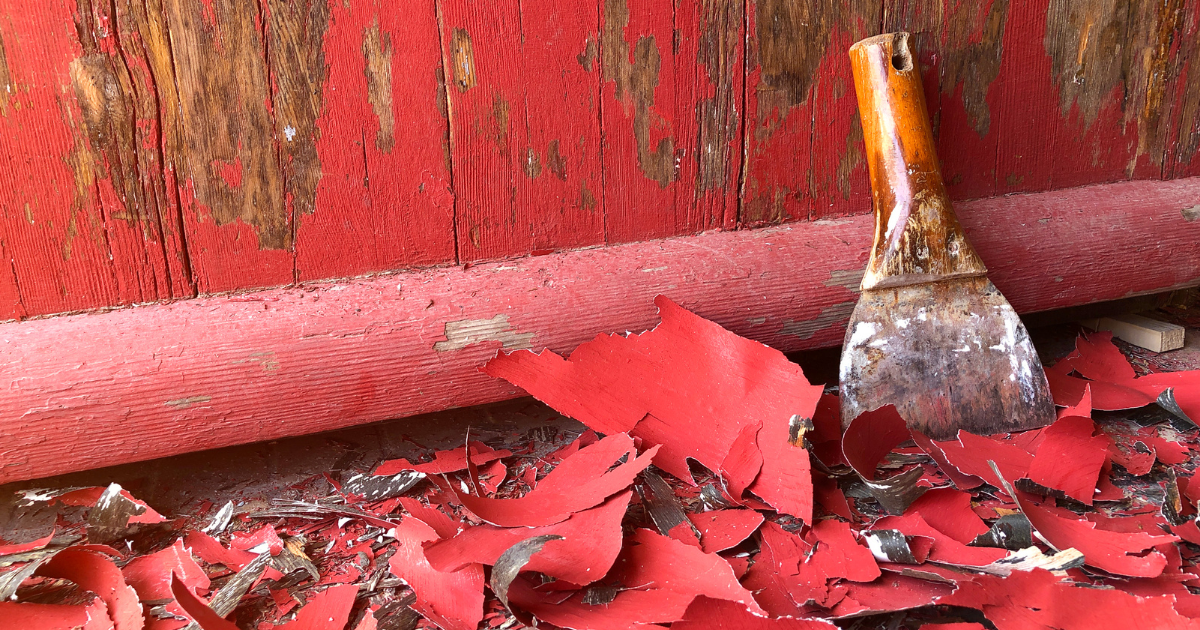
Preparing a surface before painting is one of the most crucial steps for a high-quality and long-lasting paint job. Many homeowners and professional painters consider pressure washing an essential preparatory step because it effectively cleans and prepares exterior surfaces. Here are the top benefits of pressure washing your home before painting to ensure that your investment lasts longer and your home looks its best.
Enhances Paint Adhesion
One of the primary benefits of pressure washing before painting is that it helps the paint adhere properly to the surface. Over time, dirt, dust, grime, mold, and mildew build up on exterior surfaces, creating a barrier that prevents new paint from bonding properly. Even high-quality paints can start peeling or cracking if applied over a dirty or contaminated surface.
How Pressure Washing Aids Adhesion
- Removes Contaminants: Pressure washing removes the unseen layer of grime that can block paint from sticking to the surface.
- Ensures Smooth Surface: By cleaning the surface thoroughly, you eliminate any flaky paint remnants or algae growth, providing a smooth base for the new paint.
By enhancing paint adhesion, pressure washing ensures that your paint job is more durable and less likely to experience issues like peeling or bubbling.
Saves Time and Effort in Painting
Pressure washing can greatly reduce the time and labor involved in preparing a home’s exterior for painting. Without it, you’d need to manually scrub or sand surfaces, which is time-consuming and labor-intensive. Pressure washing, on the other hand, allows you to cover large areas quickly and efficiently.
Advantages for a Faster Paint Prep
- No Need for Extensive Scrubbing: Pressure washing removes dirt and loose paint flakes in one go, which speeds up the preparation process.
- Better Priming Results: With a cleaner surface, primer can be applied more evenly, leading to a smoother final coat.
- Reduces Rework: With an even and prepped surface, you avoid issues that would otherwise require touch-ups or second coats due to dust or uneven adhesion.
Saving time and effort with pressure washing makes it an efficient solution for anyone looking to achieve quality results without the hassle of extensive manual labor.
Extends the Life of the Paint Job
A fresh coat of paint can significantly improve a home’s appearance, but dirt, mold, and algae can lead to premature deterioration if they’re not removed. Pressure washing eliminates these contaminants before they have a chance to affect the new paint, allowing the paint to perform optimally over time.
How Pressure Washing Protects Paint Longevity
- Removes Mold and Mildew: Mold spores on your home’s exterior can quickly spread under paint if not removed, leading to unsightly growth and damage.
- Minimizes Repainting Needs: By preventing the buildup of contaminants that would otherwise break down paint, pressure washing helps extend the lifespan of your paint job.
- Less Frequent Maintenance: Since pressure washing provides a clean base, it reduces the likelihood of paint chipping or discoloring prematurely.
A longer-lasting paint job means less time and money spent on future maintenance, allowing you to enjoy your home’s fresh look for years to come.
Reveals Potential Repair Needs
Pressure washing doesn’t just clean—it reveals the true condition of your exterior surfaces, which can help you identify repairs before you start painting. Often, homeowners discover hidden issues like cracks, rot, or areas where caulking has deteriorated.
Why Spotting Repairs Before Painting Matters
- Prevents Complications: Unaddressed issues like rotting wood or cracks can lead to bigger problems if painted over, causing premature paint failure.
- Ensures a Smooth Finish: Identifying and fixing damaged areas ensures that your paint job looks even and professional.
- Reduces Potential Costs: Addressing structural issues early on can save you from costly repairs down the line.
By identifying potential issues through pressure washing, you can make repairs and ensure your home’s surface is in the best condition possible before applying paint.
Improves Overall Curb Appeal
Beyond preparing your home for painting, pressure washing instantly enhances the appearance of your home’s exterior. Clean surfaces look brighter and more inviting, giving your home an immediate curb appeal boost even before you start painting.
Immediate Benefits of Pressure Washing
- Shows a Fresh Base: A clean, debris-free exterior allows your new paint to pop, giving a more vibrant and professional finish.
- Boosts Aesthetic Value: When dirt and grime are removed, you can get a clearer picture of how the paint will look, ensuring the final appearance matches your expectations.
- Reflects on Paint Quality: A clean surface enhances the appearance of any paint color or finish, adding value and appeal to your property.
Pressure washing brings out your home’s best before painting even begins, so the final outcome looks its best and aligns with your aesthetic goals.
Pressure washing is a powerful and efficient way to prepare your home for painting, enhancing adhesion, reducing prep time, extending paint longevity, revealing repair needs, and improving curb appeal. With these advantages, pressure washing is a step you don’t want to skip if you’re aiming for a durable, beautiful paint job. For best results, consider professional pressure washing services, especially if your home has delicate surfaces or extensive dirt buildup.
FAQs
How soon after pressure washing can I start painting?
Generally, it’s best to wait at least 24–48 hours to allow the surface to dry completely. This helps prevent moisture from getting trapped under the paint.
Is pressure washing necessary before priming?
Yes, pressure washing is ideal before priming as it provides a clean, smooth surface that helps primer adhere evenly.
Does pressure washing remove all old paint?
Pressure washing can remove loose, flaky paint but not well-adhered layers. For significant peeling, additional scraping or sanding may be necessary.
